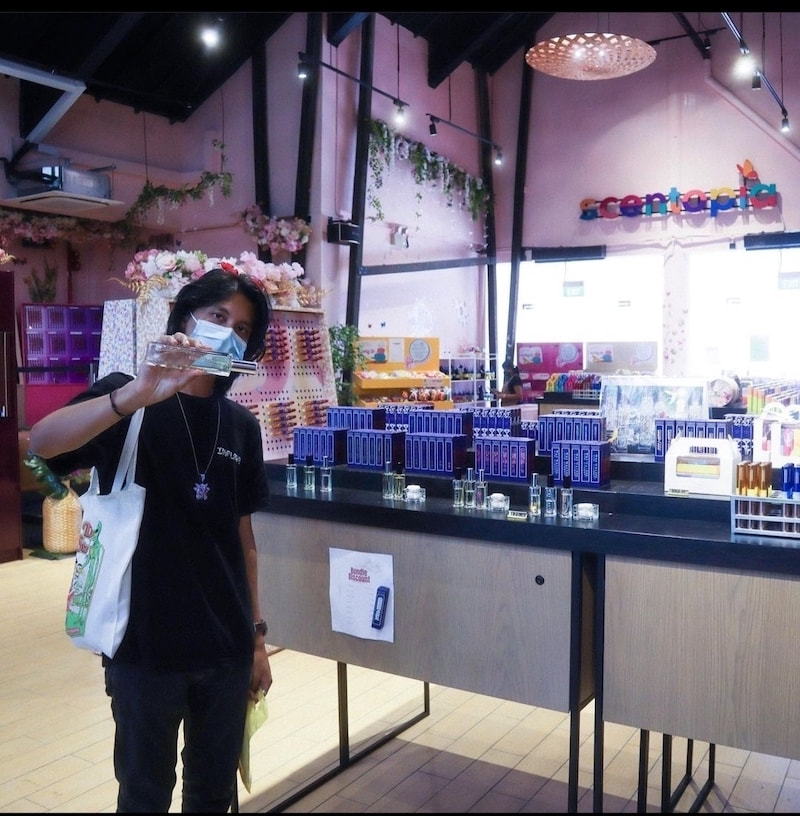What are Some of the Costliest Fragrance Ingredient
17 April 2023
What are Some of the Costliest Perfume Ingredient?
Fragrances can make you fall in love with them with their beautiful scent but the cost of some of these fragrances we love can be very heart-stopping! Let us explore what and why these fragrance ingredients could possibly puncture a big hole our wallets and pockets!
Several fragrance ingredients are considered to be among the costliest due to their rarity, extraction methods, and the labor-intensive processes required to obtain them. Some of the costliest fragrance ingredients include:
Fragrances can make you fall in love with them with their beautiful scent but the cost of some of these fragrances we love can be very heart-stopping! Let us explore what and why these fragrance ingredients could possibly puncture a big hole our wallets and pockets!
Several fragrance ingredients are considered to be among the costliest due to their rarity, extraction methods, and the labor-intensive processes required to obtain them. Some of the costliest fragrance ingredients include:
- Orris Root: Derived from the rhizomes of the iris plant, orris root is known for its powdery and violet-like aroma. The extraction process involves drying the rhizomes for several years, which contributes to its high cost.
- Agarwood (Oud): Agarwood is a resinous wood formed in certain species of trees in response to fungal infection. The distinctive and complex aroma of agarwood makes it highly sought after in perfumery, but the rarity of trees producing agarwood contributes to its high price.
- Rose Oil (Rose Otto): Rose oil is extracted from rose petals, and it takes a large quantity of roses to produce a small amount of oil. The labor-intensive process of hand-harvesting and steam distillation contributes to its high cost.
- Sandalwood Oil: Sandalwood oil is obtained from the heartwood of sandalwood trees. The slow growth of these trees and the increasing demand for their aromatic wood have led to a rise in its cost.
- Jasmine Absolute: Jasmine absolute is extracted from jasmine flowers through solvent extraction. The delicate nature of jasmine flowers and the large quantity required to produce a small amount of absolute contribute to its high price.
- Ambergris: Ambergris is a rare substance that forms in the intestines of sperm whales. It is known for its unique, musky aroma and is often used as a fixative in perfumery. The rarity of ambergris contributes to its high cost.
- Natural Musk: Musk is obtained from the musk gland of certain animals, such as musk deer. However, due to ethical and conservation concerns, natural musk is now rarely used in perfumery. Synthetic alternatives are more common.
- Narcissus Absolute: Narcissus absolute is derived from the flowers of the narcissus plant. The extraction process is challenging and requires a large quantity of flowers, contributing to its high cost.
- Vetiver Oil: Vetiver oil is obtained from the roots of the vetiver grass. The roots are deeply buried, making their extraction labor-intensive. Additionally, vetiver's rich and earthy aroma makes it a valuable ingredient in perfumery.
- Saffron: Saffron, while more commonly associated with cooking, is also used in perfumery. It is derived from the stigma of the saffron crocus flower and is one of the most expensive spices due to the labor-intensive process of harvesting and its low yield.






